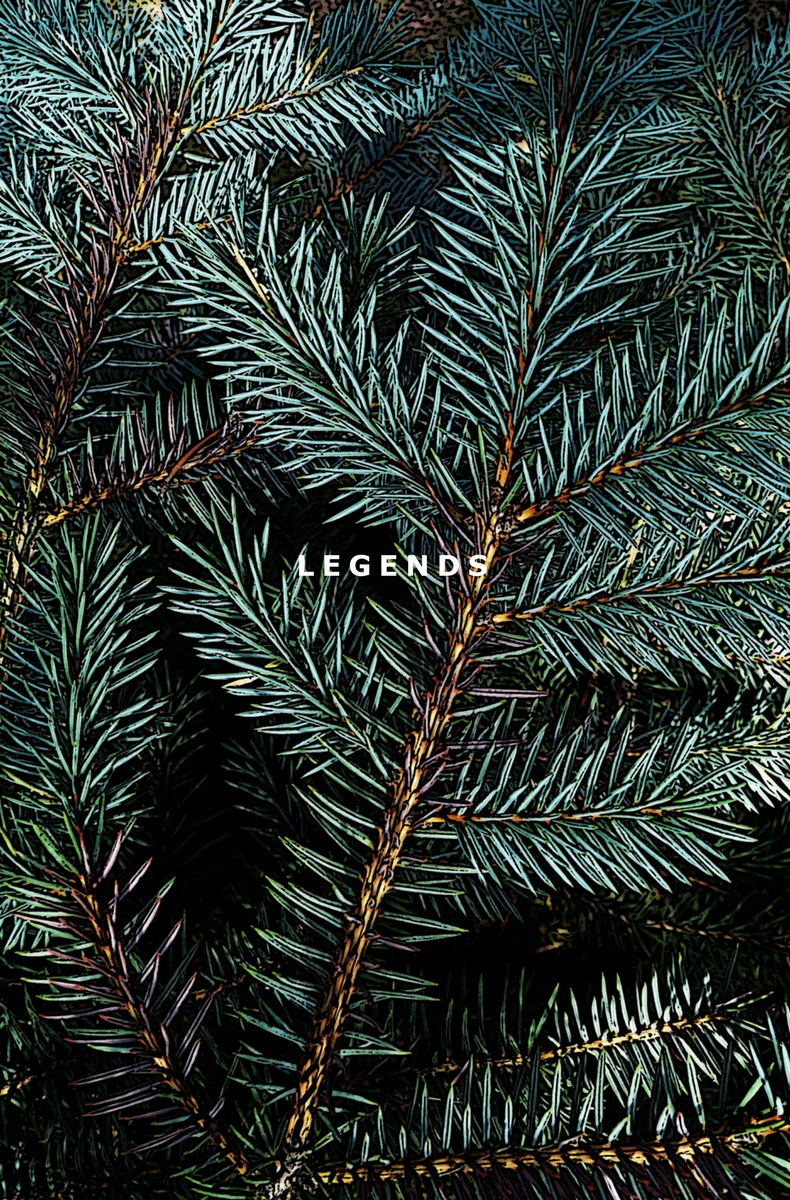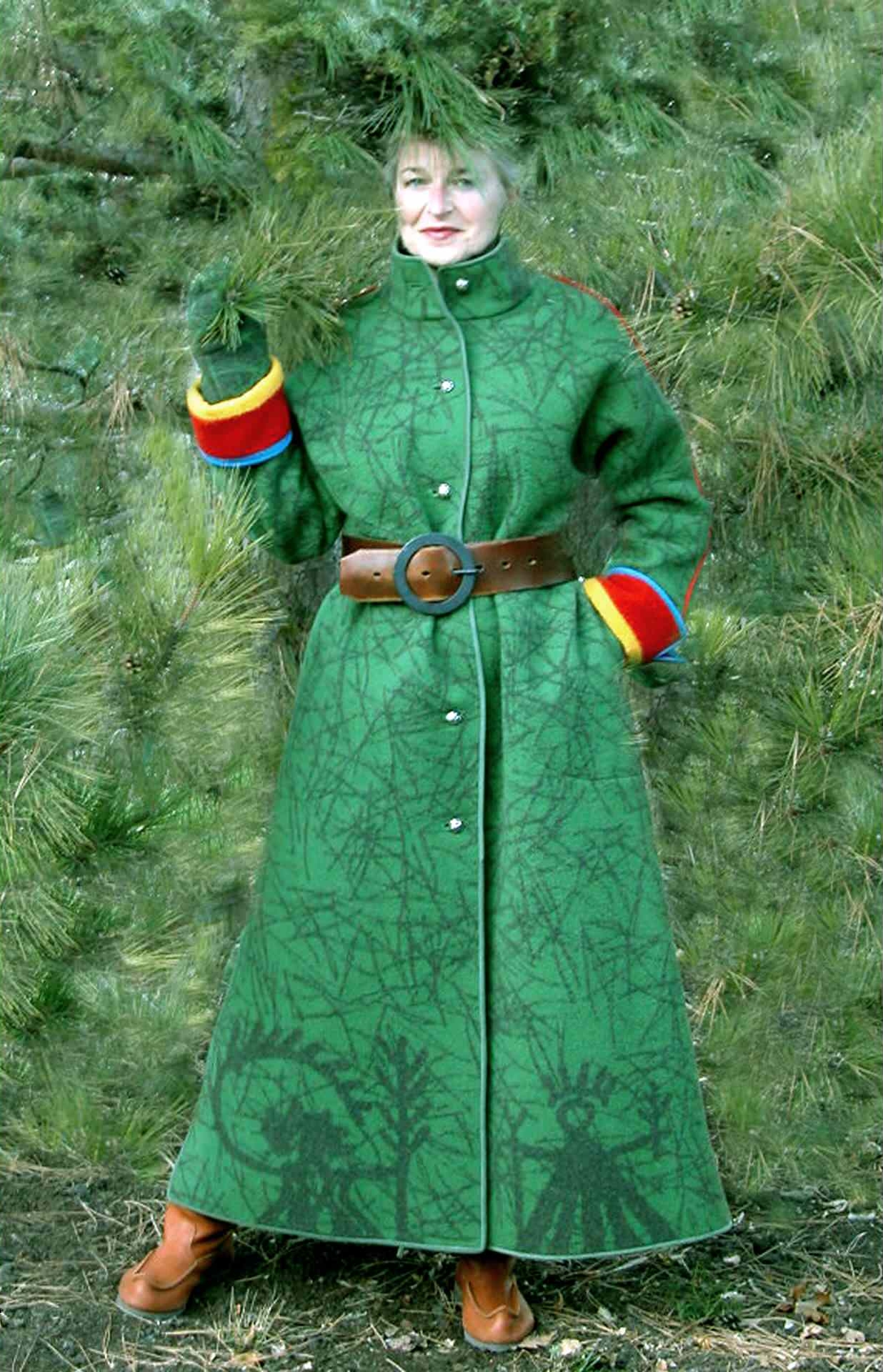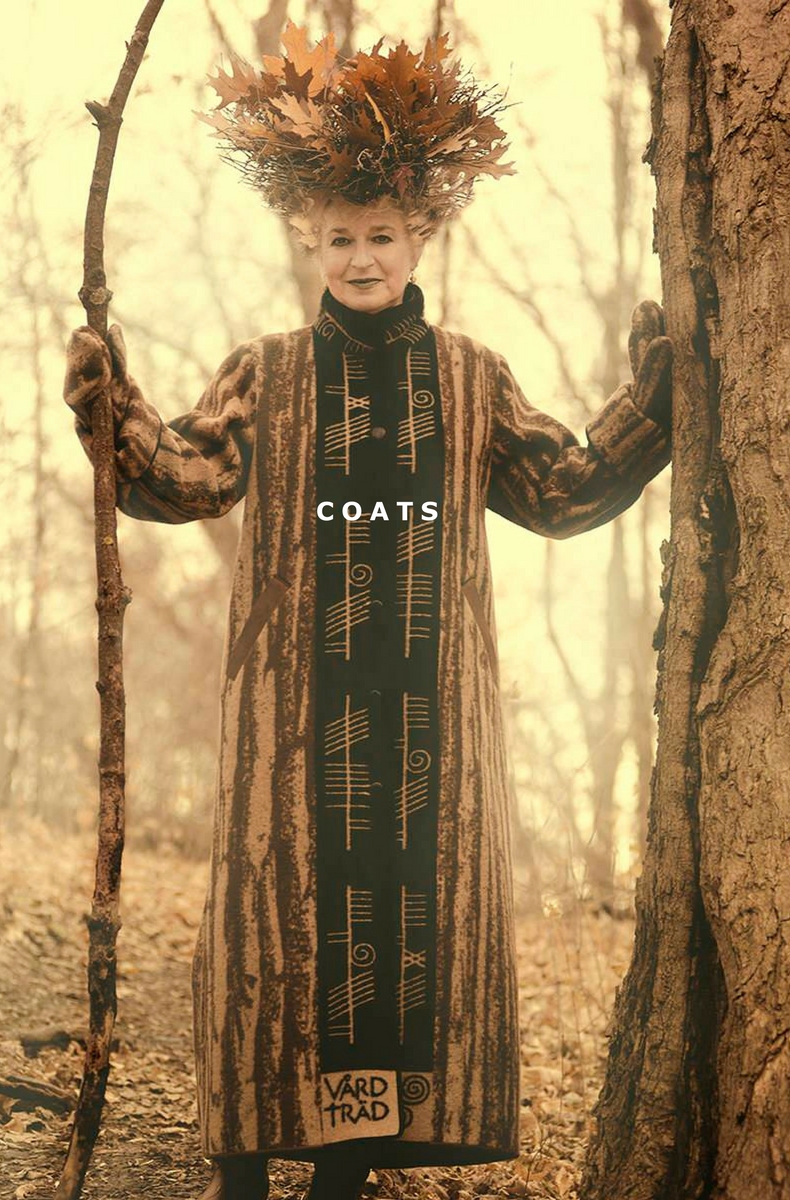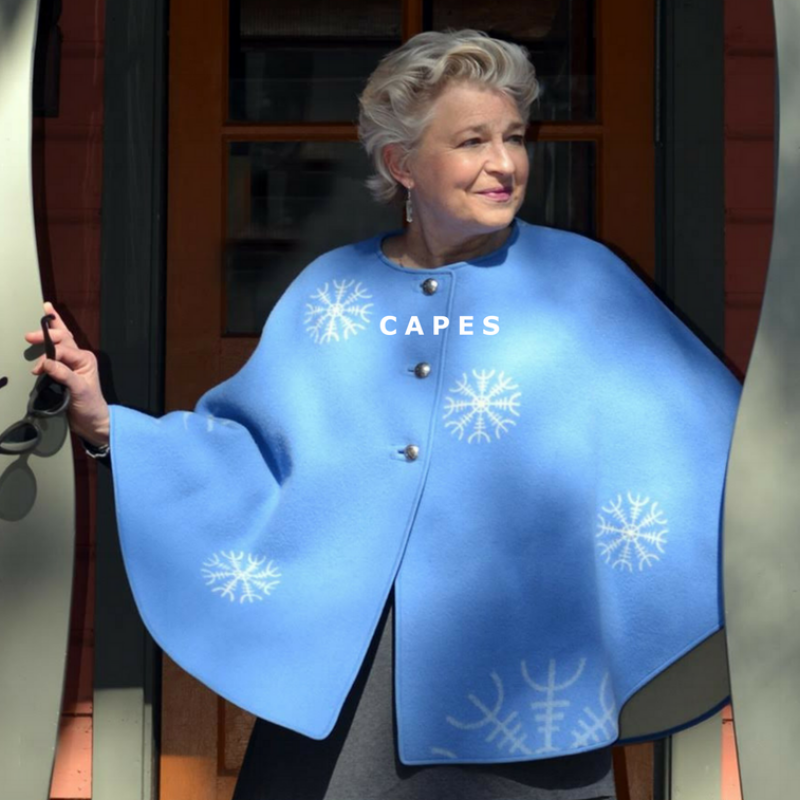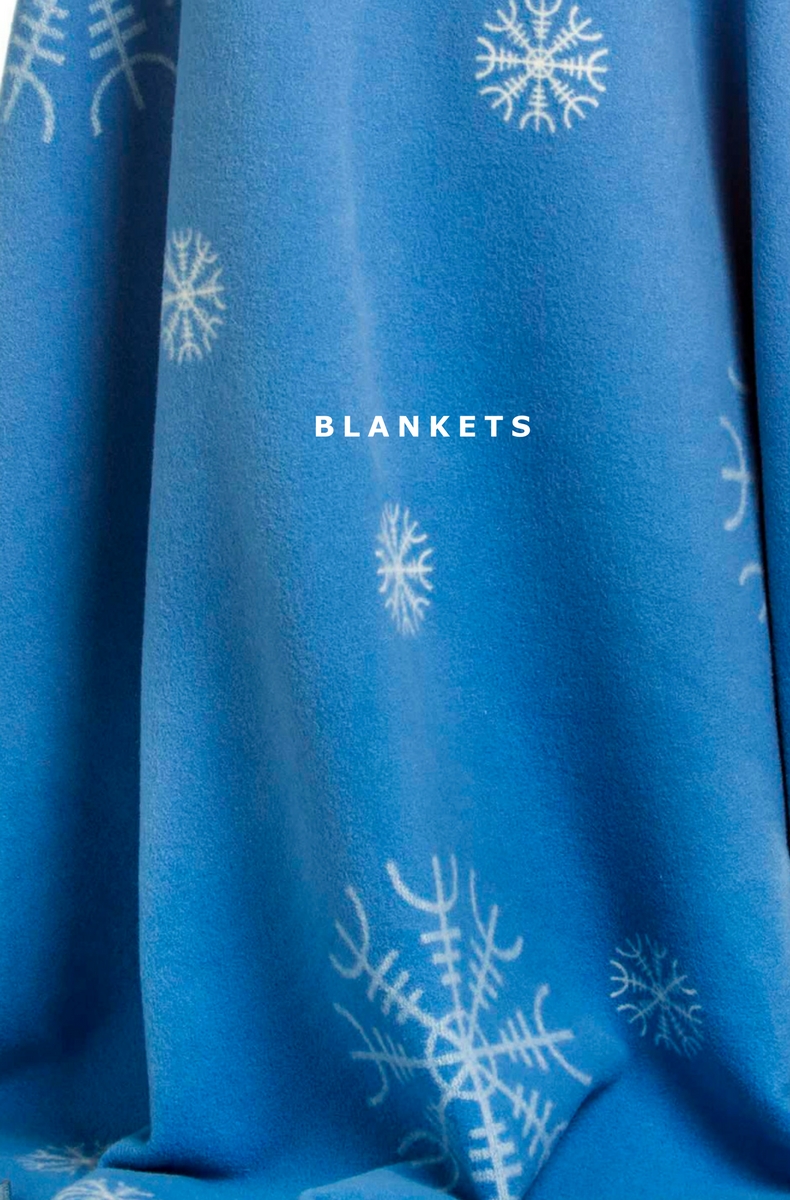Blanket of Light Legend
The Blanket of Light According to the Tao all matter is essentially energy and spirit. We are made from the same materials as the stars. Our hearts beat with the pulse of the universe. Naturalist John Muir said that all terrestrial matter is celestial. The ancient Celts believed the natural world breathes with spirit, that there is a light woven through us and all things in nature like a thread of gold.
Weaving together the physical and the spiritual, the divine and the human, the Blanket of Light reminds us that it is all one - that the light of the sun, moon and stars is also in us and of us. WE are the light that can bring hope, love and compassion into this dark world.
May this chant from 6th century Scotland reawaken the wonder of our sacred connection to what is above.
“Grace of the love of the skies be thine.
Grace of the love of the stars be thine.
Grace of the love of the moon be thine.
Grace of the love of the sun be thine.”*
* Taken from “Sacred Earth, Sacred Soul” by John Philip Newell
Oak Wisdom Legend
The Oak Tree holds deep meaning for me. We have an enormous Oak outside our living room. It is our home’s Vårdträd, or Guardian Tree. According to Swedish folk belief the largest tree on a family farm was the Vårdträd. It protected the house from lightning and carried the family’s luck and success. One should not harm the Vårdträd or risk suffering harm.
To the Celts trees were believed to be standing people that were antennae for energy between sky and earth. The Ogham Alphabet in the borders of this pattern was an ancient Celtic tree alphabet invented for secret communication of sacred knowledge. The three repeating Ogham “words” are: Oak; Dryad: the ancient Greek female spirits who live in trees and die when the tree is cut down; and Druid: the ancient Celtic philosophers, spiritual leaders and keepers of knowledge who were required to study for 20 years in an Oak forest in order to attain “Oak Wisdom”.
Lastly, the ancient Celtic Triskele, or triple spiral, represents the three stages of a woman’s life: maiden, mother and crone. As I enter this third stage I appreciate more and more the beauty in imperfection, the strength which comes from experience, and the wisdom that comes with age.
Helm of awe Legend
One of the most mysterious and powerful symbols in all of Norse mythology is The Helm of Awe, a magical charm used by the Vikings to impart power over ones enemies, protect one against illness, and conquer one's own fears.
A talisman used by ancient Nordic priests and shamans, the Helm of Awe is a magical stave made up of eight algiz runes, the rune of protection, radiating out in all directions to block attacks from all sides. The added crossbars, thought to be the isa or ice runes, impart a sense of concentration or hardening of its power. At the same time it appears as a soft snowflake, thus connecting it to the wintry spirits of the north.
First mentioned in the Icelandic Poetic Edda, The Helm of Awe was placed between the brows to conquer fear in one's own heart and impart invincibility to its owner. Wrapped in a cloak decorated with this powerful sphere, the wearer, it was believed, had the ability to shape shift or even become invisible.
The Helm of Awe
I wore before the sons of men
In defense of my treasure;
Amongst all, I alone was strong,
I thought to myself,
For I found no power a match for my own.
Ancient Viking Poem
Birch bark legend
The beautiful birch tree has been sacred to native cultures from North America to Russia to Scandinavia for centuries. Its papery white bark was considered by Siberian craftsmen to be “the eighth wonder of the world”. Strong, pliable and durable, birch bark has been woven by Scandinavians into shoes, baskets and utensils.
A forerunner of Tupperware, birch bark has unique germicidal and preservative qualities which make it useful for food storage. And the birch tree was believed to have magical powers because it is impervious to lightning. The bark has a soft, leathery feel that exerts a calming, healing influence on those who touch it. That healing influence is now being confirmed by scientists who are studying the powerful medicinal benefits of chemicals found in the bark of the beautiful birch tree.
odin's ravens legend
According to Scandinavian mythology Odin was the father of all the Gods. He was also the God of wisdom and was considered to be all-seeing and all-knowing. His omnipotence was explained by the 13th century Icelander, Snorri Sturulson who wrote, “two ravens perch on his shoulders and speak into his ear all the news they see or hear, their names are Hugin and Munin (thought and memory). He sends them out at daybreak to fly all over the world, and they return in the evening; because of this he is able to find out about many things and so he is called the Raven God.”
The sight of a raven was held to be a good omen among worshippers of Odin. The two ravens are often seen together as are these stylized raven heads taken from a piece of Viking silverwork.
SAAMi pine needle legend
The Saami are the indigenous people of northern Europe, traditionally herding reindeer across northern Norway, Sweden, Finland and Russia. Their ancient religion is animistic. To them nature possesses a soul and has powers accessible to those who would open up and listen.
Before the 17th century and the arrival of Christianity, the Saami were known as powerful sorcerers. Their shamans cast spells that traveled on the north wind to faraway places. With the aid of drums covered in mystical symbols, the shaman’s soul could travel to other worlds to talk with the gods to seek advice, heal the sick, and predict the future.
The figures emerging out of the pine needles in the Saami Blanket are found on these sacred drums. They represent the gods and goddesses responsible for the conception and birth of a human being. Earth Man, Varaldenolmmai, god of fertility, holds a young birch tree with its roots facing up. Earth Woman, Maddarakka, received the human soul from the sun and handed it to her daughter Sarakka, the midwife, who allowed the soul into the womb. Juoksakka, the Bow Woman, determined the sex of the child. The center structure represents an altar or temple constructed of reindeer antlers and birch branches
norse saga legend
Mythical animals that no Scandinavian had ever seen found their way into Viking art in the form of highly stylized, coiling, sinous creatures. These so-called “gripping beasts” were the hallmark of Viking ornamentation and were imbued with great spiritual power. They were cast in metal, carved out of wood, and chiseled into runestones where they were often bordered by runes, the sixteen character early Scandinavian alphabet, featured on our Norse Saga design.
Runes were made of straight lines to enable them to be carved into wood and stone. While often used for practical Purposes to record mundane events or honor the dead, each runic symbol had its own name, significance and magical power to convey wisdom from the gods about the forces of mind and nature.

